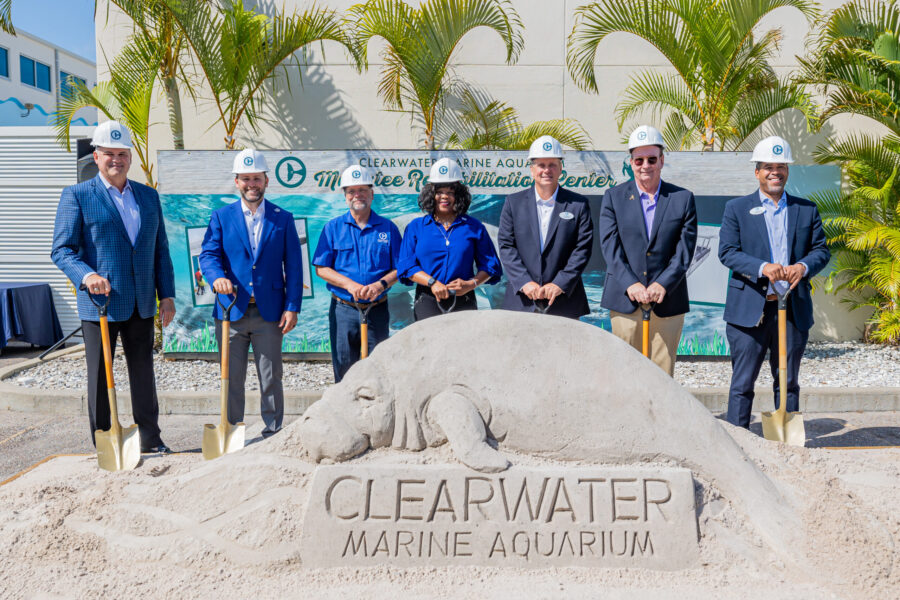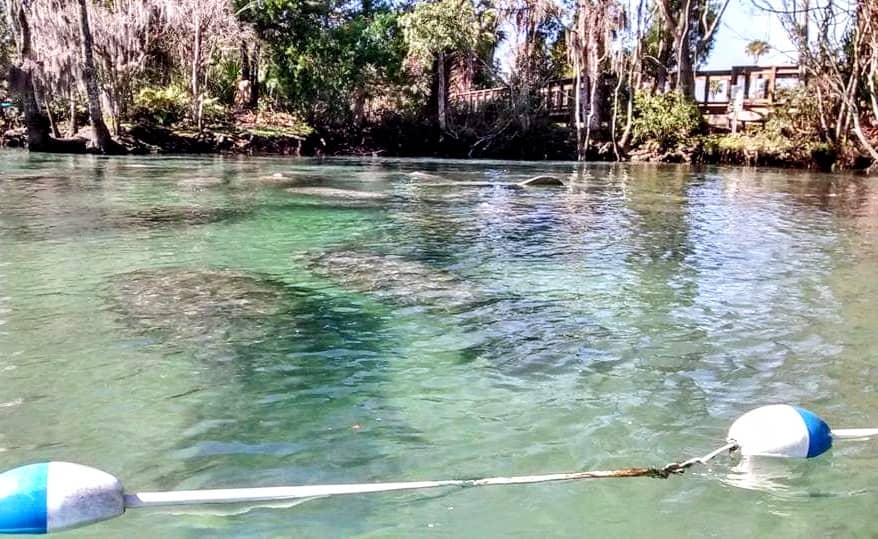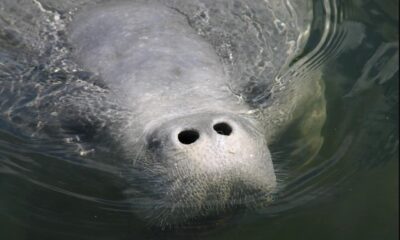Impact
Officials hope new facility can mitigate manatee deaths

Clearwater Marine Aquarium and city officials held a groundbreaking ceremony Tuesday for a long-awaited Manatee Rehabilitation Center that will also provide life-saving care during a crisis.
The rescue facility will enable CMA biologists and researchers to handle an influx of manatees needing restorative care throughout the last two years. Over 2,100 have died since 2021, many from starvation due to disappearing seagrass beds.
Habitat loss, boat strikes, red tide and cold stress syndrome have also contributed to what the Florida Fish and Wildlife Conservation Commission (FWC) declared an “Unusual Mortality Event.” The agency also reported 243 deaths through 2023.
Dr. James “Buddy” Powell, chief zoological officer for the aquarium, told attendees that the center would not just house sick manatees. “It’s the emergency room,” he added.
“We’re not just satisfied with taking care of these animals and rehabilitation,” Powell said. “We also want to do the critical care.”
In addition, he relayed that onsite biologists would behaviorally train the rescued manatees to increase their chances for survival once reintroduced to the wild. Powell stressed the importance of returning the docile mammals to their natural habitat as that would hopefully help increase the dwindling population.
The aquarium will utilize innovative technology like ozone treatments and medical habitats with false bottoms. Officials noted that would increase comfort for manatees and safety for animal care staff.
The center will also feature an underwater viewing area for guests to observe stable, rehabilitated manatees as they prepare for release back into the wild. Joe Handy, aquarium CEO, called the start of construction “history in the making.”
“This is our opportunity to step into the gap to address an issue that is important to all of us here and important to the State of Florida,” Handy said. “We can provide an educational experience for our guests, and when they’re out in their own personal lives … they’re mindful of the impact they’re having on these beautiful, majestic creatures.
“Having these animals here allows us to not only teach the mind but touch the soul.”

A rendering of a guest viewing area.
The Clearwater Marine Aquarium has helped rescue, release and track manatees for over a decade. In 2019, officials launched a Research Institute division featuring the former Sea to Shore Alliance’s staff and programming.
The goal was to expand CMA’s conservational scope. The Manatee Rehabilitation Center will bolster those efforts exponentially, and Powell, who has dedicated 50 years to protecting manatees globally, noted that “research and care go hand in hand.”
Florida’s “sea cows” need all the help they can get.
J.P. Brooker, a St. Petersburg-based director for the Ocean Conservancy, said in November 2022 that Florida lost 24% of its total manatee population and “we should all be on high alert, you know, sounding the alarm bells.”
“I want to grab people by the collar now and say, ‘Listen up!'” he added. “One in four manatees lost forever until we do something to bring them back.”

Manatees congregate outside of Three Sisters Springs in Crystal River, about 90 miles north of St. Petersburg. Photo by Mark Parker.
Marine scientists consider the West Indian manatee a “flagship” species that indicate the health of their natural habitat. While the FWC downgraded their classification from an “endangered” to a “threatened” species in 2017, aquarium officials still consider manatees vulnerable to extinction.
The CMA’s research institute has tagged over 67 manatees to monitor rehabilitated animals and study the movement patterns of those in the wild. Officials believe that better understanding changing migration patterns and shifts in habitats suitable for survival will bolster conservation efforts.
The nonprofit aquarium received $3.5 million in state funding for the new facility in June 2020. The FWC, Duke Energy Foundation, John H. Prescott Marine Mammal Rescue Assistance Grant Program and private donors have also contributed to the project.
Anthony Rivera, aquarium COO, told attendees that the center’s reach would extend far beyond local manatees in crisis.
“We will be able to take what we learn and here and apply it to our research and conservation work internationally,” Rivera said.







